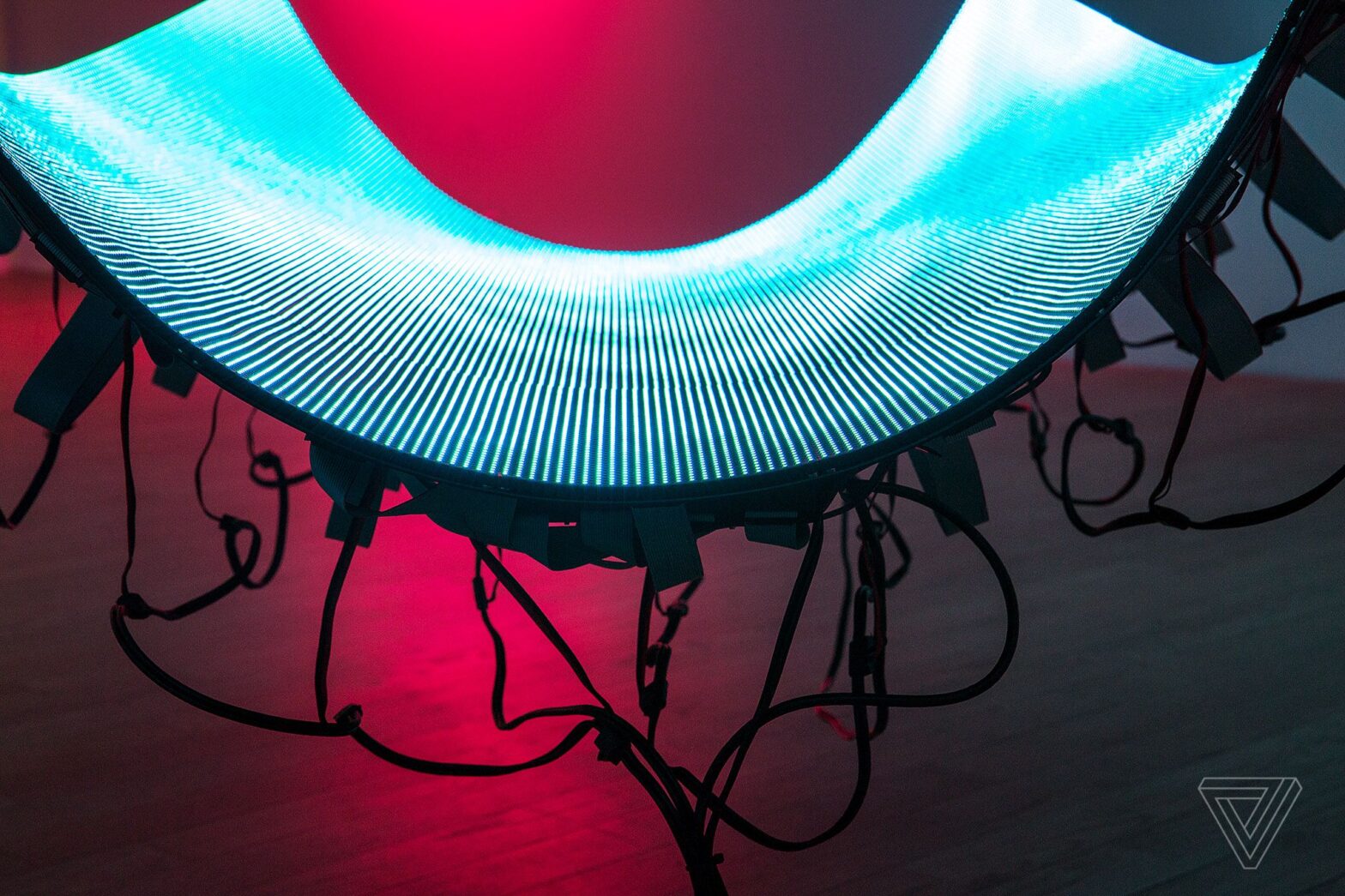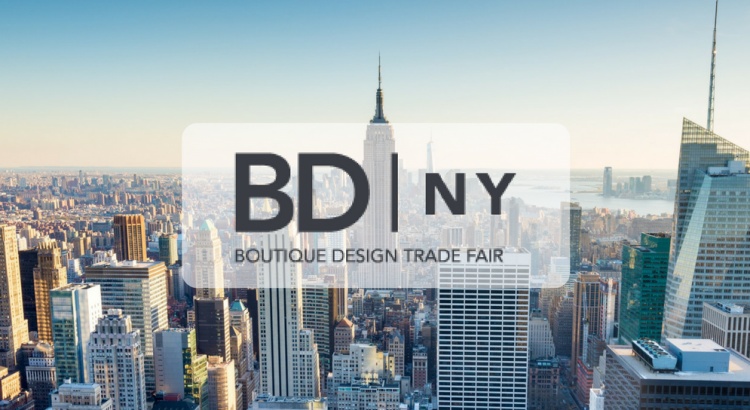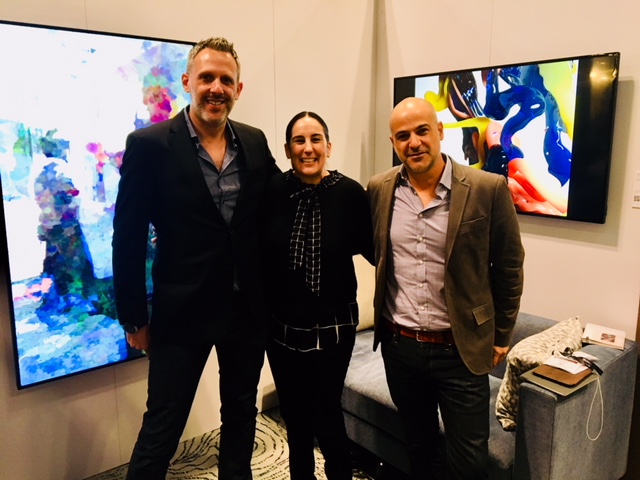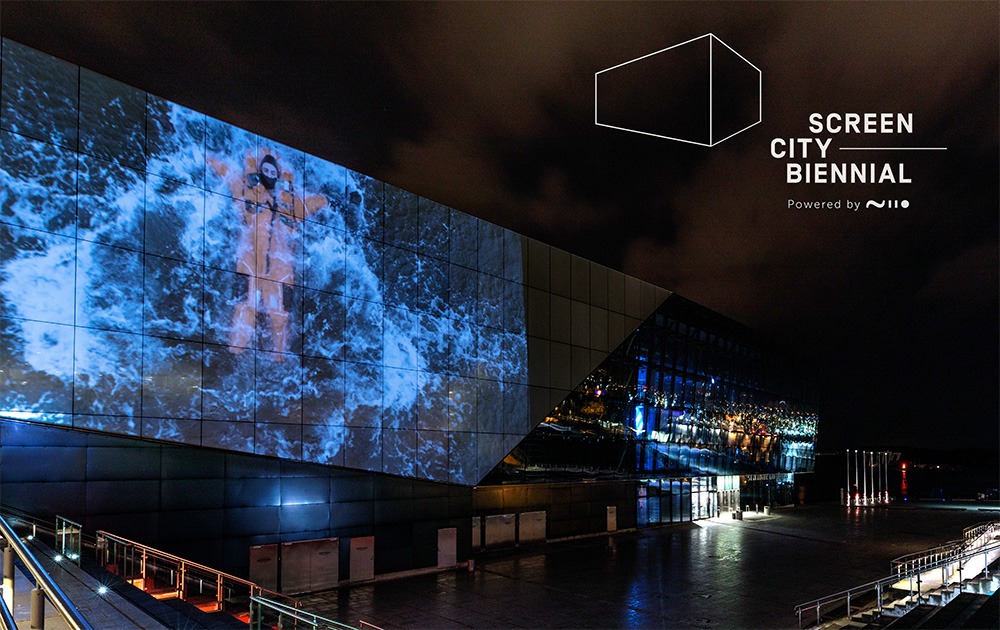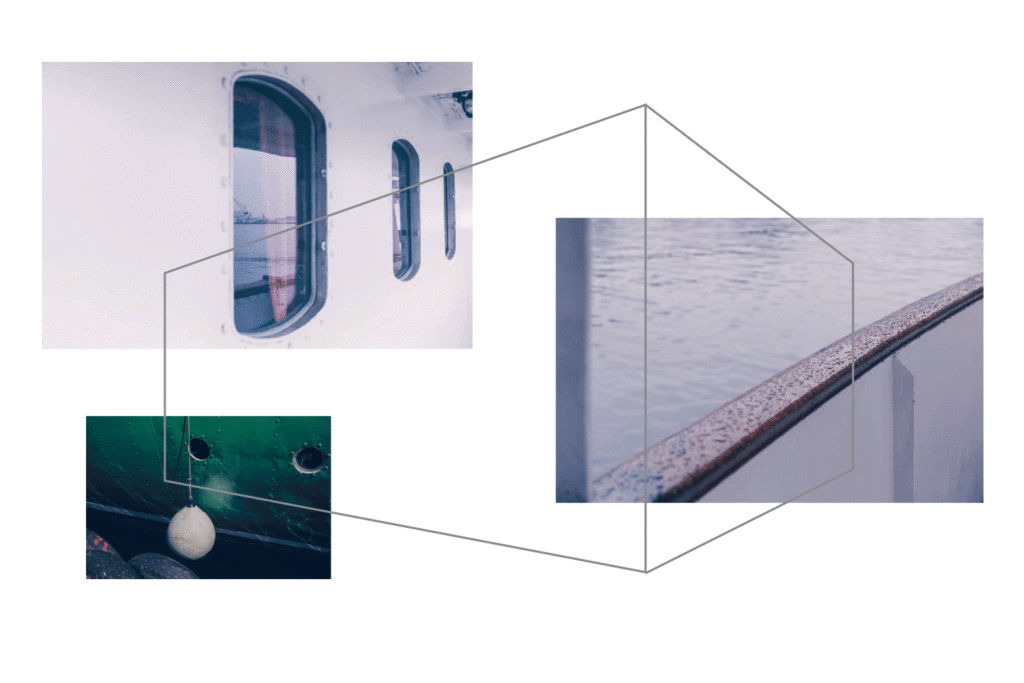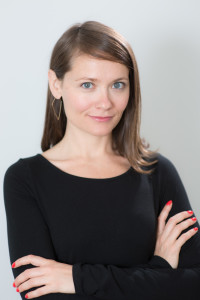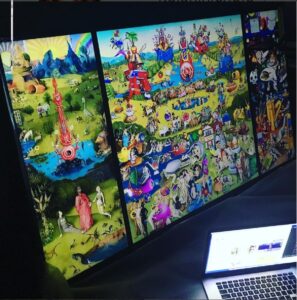At Niio, we are passionate about the intersection of Art, Design & Technology. From code-based and algorithmic artwork, to AR & VR installations, blockchain, and the new .ART domain, digital art was everywhere in ’17. Check out some of the great stories that we’re reading now and look out for lots more in ’18.
ARTNEWS //
The Year in Screens, in Museums, Galleries, and So On
“It’s estimated that the average American spends about ten hours looking at screens—on phones, laptops, desktops, tablets, televisions, and so on—every day. Screens are more than a little ubiquitous at this point, and I realized, perhaps not so surprisingly, that many of my favorite exhibitions from this year involved the use of screens.” Read more.
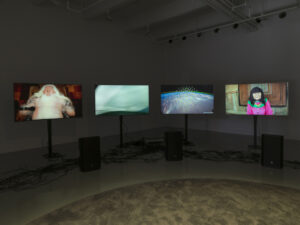
THE VERGE //
Miami Art Basel: Where Art Reckons With Technology
“In the mass of confusion that is Miami Art Basel, there’s more discussion about the issues of our time, and much of that is framed around technology and the way it is making us think, react, and exist. In the midst of traditional paintings and sculpture on view, Miami Art Basel is demonstrative of how the art world is catching up to internet culture.” Read more.
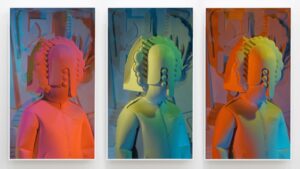
BOSTON GLOBE //
Boston Arts Groups Team up for Sprawling Look at Art, Technology
“This February, 12 Boston-area arts organizations will band together to present a sprawling series of exhibitions exploring the symbiotic relationship between art and technology — a rare cross-institutional collaboration that includes painting, film, and Web-based art, among others.” Read more.
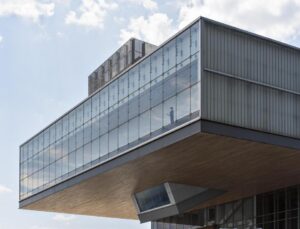
OCEAN DRIVE //
Julia Stoscheck Talks Her Inspiring Collection of Time-Based Media Art
“Art that exists only when installed? Whose every iteration can be considered a different representation of the work? Employing essential equipment and technology that can fail or become obsolete? None of it fazes Julia Stoschek, a leading collector of time-based media art, who gives these pieces the space they need to unfold their magic.” Read more.
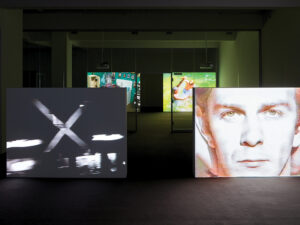
The 25 People Who Defined Visual Culture This Year
“What, exactly, is visual culture? In a world where we communicate increasingly with images, it’s an ever-expanding field, comprising not just art, photography, and design, but also memes, advertising, histories of representation, and the very technologies through which all this flows.” Read more.
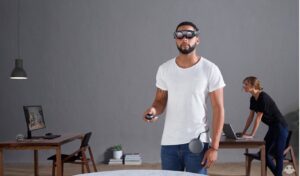
THE ART NEWSPAPER //
UK’s First Permanent Virtual Reality Space in an Arts Institution to Open in London
“This year saw Virtual Reality (VR) reach new heights and capabilities in the art world and now London is getting its first free and permanent public VR space.” Read more.
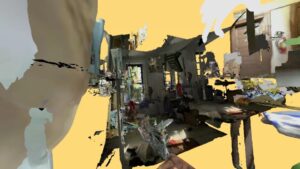
VENTURE BEAT //
AR and VR Could be Educational — and Profitable — Tools For Museums
“When introduced to new technology, many people react with a mixture of fear and confusion, rather than excitement for the possibilities that the future may hold. Museums are in an even more difficult position: balancing the archiving and preservation of our history and remaining relevant to our society in the present and future, while being cognizant of major financial considerations.” Read more.
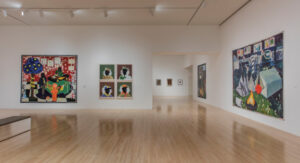
UPROXX REPORTS //
This Artist Explores the Intersection of Art and Tech by Using Bitcoin
“I make art that that tries to sort of shine a spotlight on the connection between humans and technology,” Bauch says. Read more.
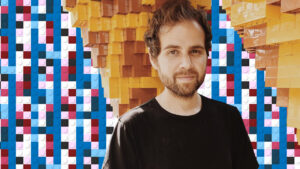
THE ART NEWSPAPER //
High-tech Art in Houston: Data-driven Installations Look at Issues Like Hurricane Harvey and Mass Incarceration:
“While musical acts like Nine Inch Nails, Solange and Radiohead’s Thom Yorke might have taken most of the spotlight at this year’s Day for Night, a music and art festival in Houston, Texas, the visual art on offer was just as attention-grabbing.” Read more.
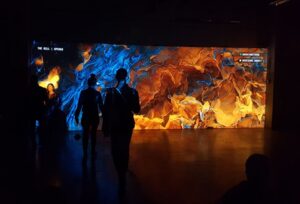
HYPER ALLERGIC //
Women Artists Working with Technology
“This rigorous exhibition uses art to critique the stereotype that men and technology go hand in hand.” Read more.
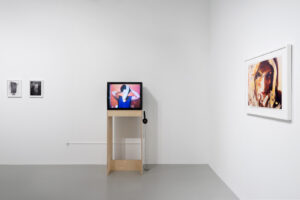
THE VERGE //
Artist Daniel Canogar Visualizes Real-time Environmental Shifts With LED Sculptures
It sometimes seems like technology is at odds with the art world — a tension between brain and heart. But plenty of artists, from Da Vinci to Cory Arcangel, have proved that’s not true, and continue to prove it as technology evolves. In Technographica, we explore how contemporary artists are using technology in unusual and unexpected ways. Read more.
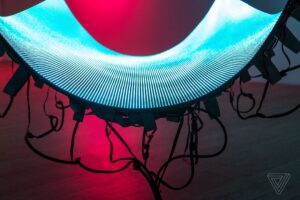
RHIZOME //
What is the Future of Digital Art?
“A new video from the Thoma Art Foundation brings together answers from ten experts.” View video.

